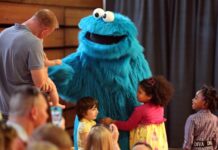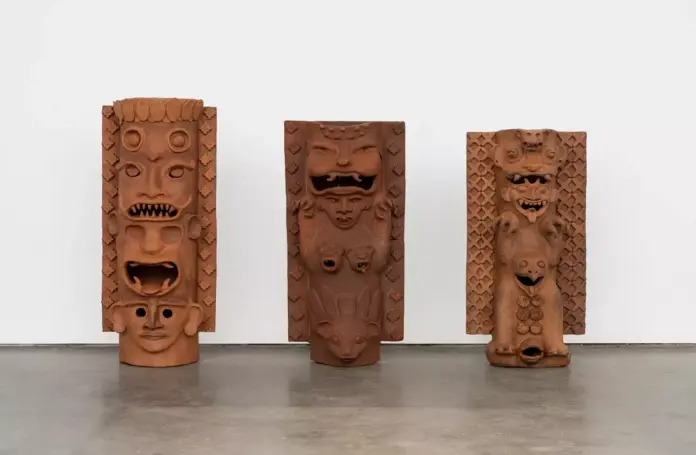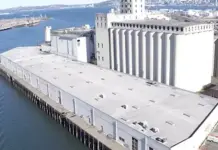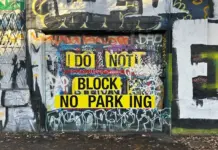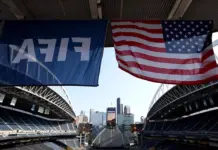This post was originally published on this site
When she was a child, Priscilla Dobler Dzul wanted to be an Egyptologist. Obsessed by ancient culture, she devoured Egyptian mythology and even practiced mummification under the tutelage of her Scottish American grandmother, a woman passionate about science who instructed Dobler Dzul how to preserve small roadkill with borax and salt. On clear nights in Wollochet Bay far from the haze of urban light, she would also take Dobler Dzul outside to teach her about the stars. “She would talk to us about the cosmologies and mythologies of my history,” Dobler Dzul recalls. “She would tell us, I need you to understand how the planets work and how to study the stars, so you can see what it is that people have always been fascinated by.”
But Dobler Dzul had a hard time wrapping her head around the scientific language of astronomy. Instead, it was the stories her Maya grandfather told that unlocked the mysteries of the heavens. “There’s beauty in astronomy, but I could never grasp it fully,” Dobler Dzul says. “But if you create a story to tell me how the tail of the crocodile was pushing all the stars, or how a giant serpent was eating all these stars and planets, flying through the sky…”
Drawing on the stories passed down from her ancestors is what drives Dobler Dzul’s work as an adult. Dobler Dzul now lives in Tacoma, where she works as an artist. Her solo exhibit, Water Carries the Stories of Our Stars, which opened last month at the Frye Art Museum, brings together a new body of sculpture, textiles, and video that tell a story about the connections threading through the Pacific Northwest and the Yucatán.
The Frye isn’t the only museum where Dobler Dzul’s work can currently be found. On October 13 (Indigenous People’s Day), her art debuted at the Metropolitan Museum of Art as part of an unprecedented, unsanctioned art intervention in the institution’s American Wing. Titled Encoded, and curated by Tracy Rector with Amplifier Art, the exhibit features pieces by 17 Indigenous artists who created augmented-reality artwork to interact with physical pieces in the Met’s permanent collection—like Thomas Crawford’s Mexican Girl Dying. A white marble statue made in 1848, Mexican Girl Dying reads like an inversion of the odalisque trope: instead of a woman in sensual repose, the subject is a sensually splayed casualty of colonial conquest, a cross repentantly clutched to her exposed breast. Viewed through Dobler Dzul’s AR intervention, the figure is covered with the decorated pelt of a puma—an animal venerated as an ancestral being in the Maya tradition.
Water Carries the Stories of Our Stars is a significant milestone: Dobler Dzul’s first solo museum show. A few weeks before the exhibit opens, she’s preparing objects for transportation at a fabricator’s workshop in downtown Seattle. She peels the packing blankets back on a large sculpture to reveal a piece about four feet tall, made of roughly textured Oregon red clay and grog. The large head of a deer emerges from a bed of flowers, beneath it the wild-eyed face of a rabbit baring its teeth, a long tongue jutting between incisors. It’s one from a series designed after the elaborate ancient Maya sculptures called censers, protective entities found in ruins and temples across the Yucatán Peninsula that feature the faces of gods and animals.
Dobler Dzul’s sculpture, Do you know why rabbit lost his antlers, references a familiar tale passed down through the Americas: the Creator bestows long ears to the rabbit as a result of a series of mishaps and betrayals. The way Dobler Dzul’s grandfather told it—growling, howling, and animating his subjects with a vividness she can never forget—the story was about betrayal within one’s community.
“The beauty of oral stories is how they teach about societal relationships,” says Dobler Dzul. “They’re talking to us about our politics, our government, each other. These are the stories told to children, that everyone learns. Oral stories are a kind of native language that’s being lost throughout all of the Americas.”
Dobler Dzul translates these stories into a visual vocabulary all her own, embedded in clay sculptures and expansive storybook tapestries where characters from Maya mythology mix with 21st-century machinery, people, and everyday things, all of it rendered in shimmering, colorful thread. As in all her work, nothing is accidental; every stitch has meaning.
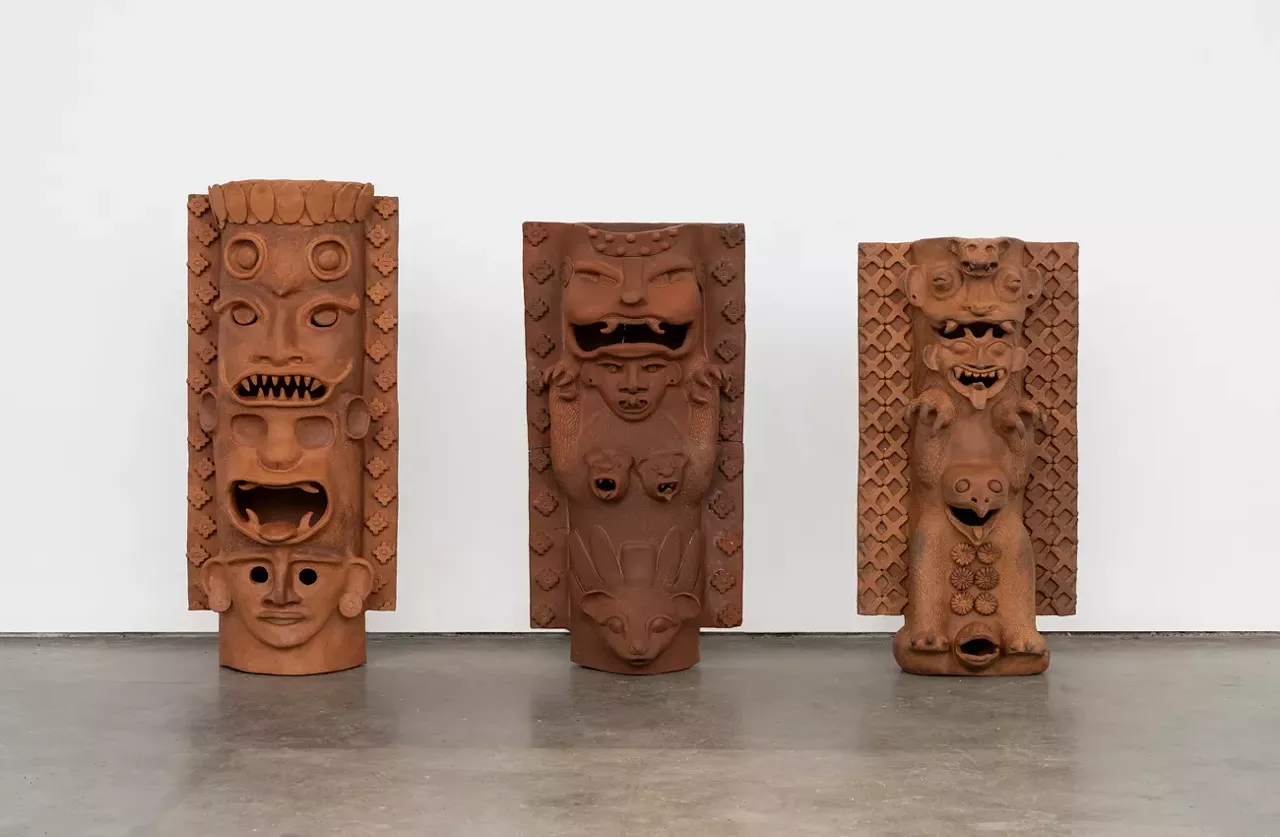
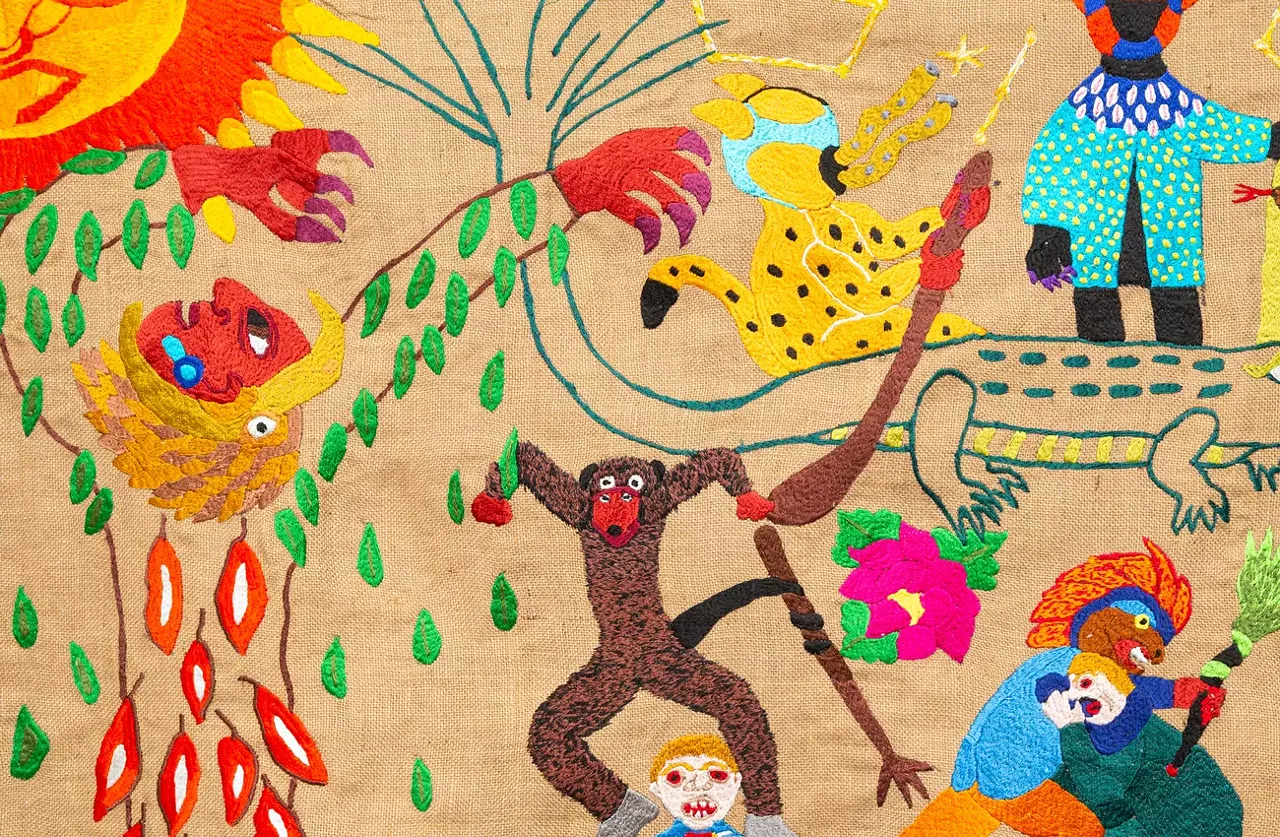
Reading them is like a hunt for clues. The piece Kukulcán descends from the skies is a tapestry about eternal cycles. The background of the fabric is imprinted with a delicate, repeating fleur-de-lis-type pattern—the design found on the walls of the colonial haciendas where Dobler Dzul’s Maya ancestors were enslaved. The serpent scales of Kukulcán encircle an interior tableau filled with crocodiles, one sprouting flowers, the other dormant roots (“the idea that all our cosmologies have been brought to us on the backs of the crocodile,” she explains). Two cowgirl basketball players bounce the sun and moon off their hips—a nod to the traditional Maya ballgames. And then that ubiquitous bat.
To make each tapestry, Dobler Dzul first draws the design by hand, then maps it out on fabric with color coordinates for the embroidery. The stitching is carried out by Dobler Dzul and her cousin, who take turns free stitching on a machine. Each textile piece takes months to complete.
If the presence of physical labor is evident throughout Dobler Dzul’s oeuvre (and it very much is), the invisible labor of research slowly comes to light the more one understands how to read the art. Dobler Dzul typically spends half of each year researching her subjects, working with scientists, anthropologists, and Maya elders living near her birthplace in Mérida, Mexico; the other half is spent creating the art. Much of the research has centered on learning pre-Hispanic Maya embroidery techniques practiced by Maya elders—information that risks being lost with the passing of the current elder generation. Those techniques find their way into her tapestries, such as a diamond-shaped serpentine stitch called Xmanikté. “Legend is, if you stroke the serpent seven times on its back, you will get the knowledge of cross-stitch,” says Dobler Dzul. “As a child, my mother would say, If you really want to learn how to embroider or cross-stitch, you have to learn Xmanikté. But nobody knew it. We only heard of people talking about it in little villages.” Last year Dobler Dzul realized her dream of securing funding for a small textile collective in the Yucatán, Wayak Chuy, which allows her to support local artists passing on the knowledge of their craft.
For Dobler Dzul, research is key to tracing connections, which is key to unlocking the story buried in the data. Some quests remain unresolved, like the search for the identity of a mysterious flower found carved throughout the temples of Uxmal. Because the majority of Maya codices, books, and manuscripts were burned by Spanish colonizers, contemporary anthropologists can’t be certain what these flowers were. Other less elusive plants, like henequén (also known as agave, and nicknamed “green gold” for the role it played in plantation owners’ exploitation of the region throughout the 19th century), exist at the center of Dobler Dzul’s cosmology.
“For me to understand how to work with this plant, I also had to fully understand its ecosystem. I spent seven years going down into caves to study and understand which bat species out of over 120 species on the peninsula is the only one that pollinates this flower. And those bats are in danger right now in large part due to the privatization of land, the caves, the cenotes.”
The whistling song of a flock of bats swirling around the mouth of a Yucatán cave is the opening scene of Jaguar Rebirth, one of two videos on view at the Frye. A love letter to her ancestors, the piece traces the flow of water through the cenotes, through the waterways, to the fields that grow the henequén. The video crescendos with the image of Dobler Dzul’s torso rising and falling under a mound of dirt while she is laid out beside a hole large enough to be a grave, awaiting rebirth as a creature of power.
Dobler Dzul spent the past two years filming scenes for her second video, The only thing that existed, was the movement of the waters and the skies. The piece documents the gradual destruction of Wetland 296 in Tacoma to make way for a 2.5-million-square-foot warehouse complex for developer Bridge Industrial. It opens with sweeping views of lush wetland thick with cattail and willows, drenched in fog and a chorus of frogs. It might be mistaken for another continent except for the looming image of Mount Rainier in the distance.
In the scenes that unfold, the wetland is decimated, with the mounting tension of a horror film. Dobler Dzul wanders like a mythic character through the transforming landscape; after it’s fenced off with heavy locks and chain-link, she finds a brink and a way in. As she wanders through mud dozed by machines, then across gravel awaiting cement, she carries with her a large clay vessel filled with water, then with stone fruit grown with the water, then with pits from the stone fruit—ever seeking to pour out its contents and connect with what nature remains. An air of anger and futility clings to her figure; there’s no sense of irony or joy as she jams the pits of stone fruit into cracks running through barren concrete. Lines of text flash across the image: Those who take with greedy hands want to silence us forever. But they do not know our rage.
The mythopoetic atmosphere of the cinematically beautiful piece is interrupted by jarring moments that ground the viewer in the reality of Tacoma: a Sounder commuter train barreling by as Dobler Dzul waits to cross the tracks, the luminous face of the supermoon crossed by a commercial jet.
South Tacoma’s Bridge Industrial Warehouse Project is not only one of the largest warehouses in the world to date, with 20 acres of paved parking lot—its proposed use: to be leased as a distribution center for online order fulfillment—it also happens to sit directly atop the South Tacoma Aquifer, a major source of drinking water for the city. “I don’t see myself as an artist or an activist,” Dobler Dzul says. “I see myself as a person that’s trying to survive and hold on to my culture and my family. All I can do is start bringing more awareness, so people can start being awakened.”
For the ancient Maya, cenotes—aquifers—were not only sources of drinking water, they were sacred portals to the underworld. In Dobler Dzul’s cosmology, water is a portal, too. The aquifers of Tacoma are, in fact, connected to the cenotes of the Yucatán, and they are talking to each other through networks deeper than we understand. The quiet power of Dobler Dzul’s work lies in the knowledge that telling a better story is the key to seeing the world as it really is. If we understand that everything is connected, maybe we will begin living like it.
Priscilla Dobler Dzul’s Water Carries the Stories of Our Stars is on view at the Frye Art Museum until April 19, 2026.









